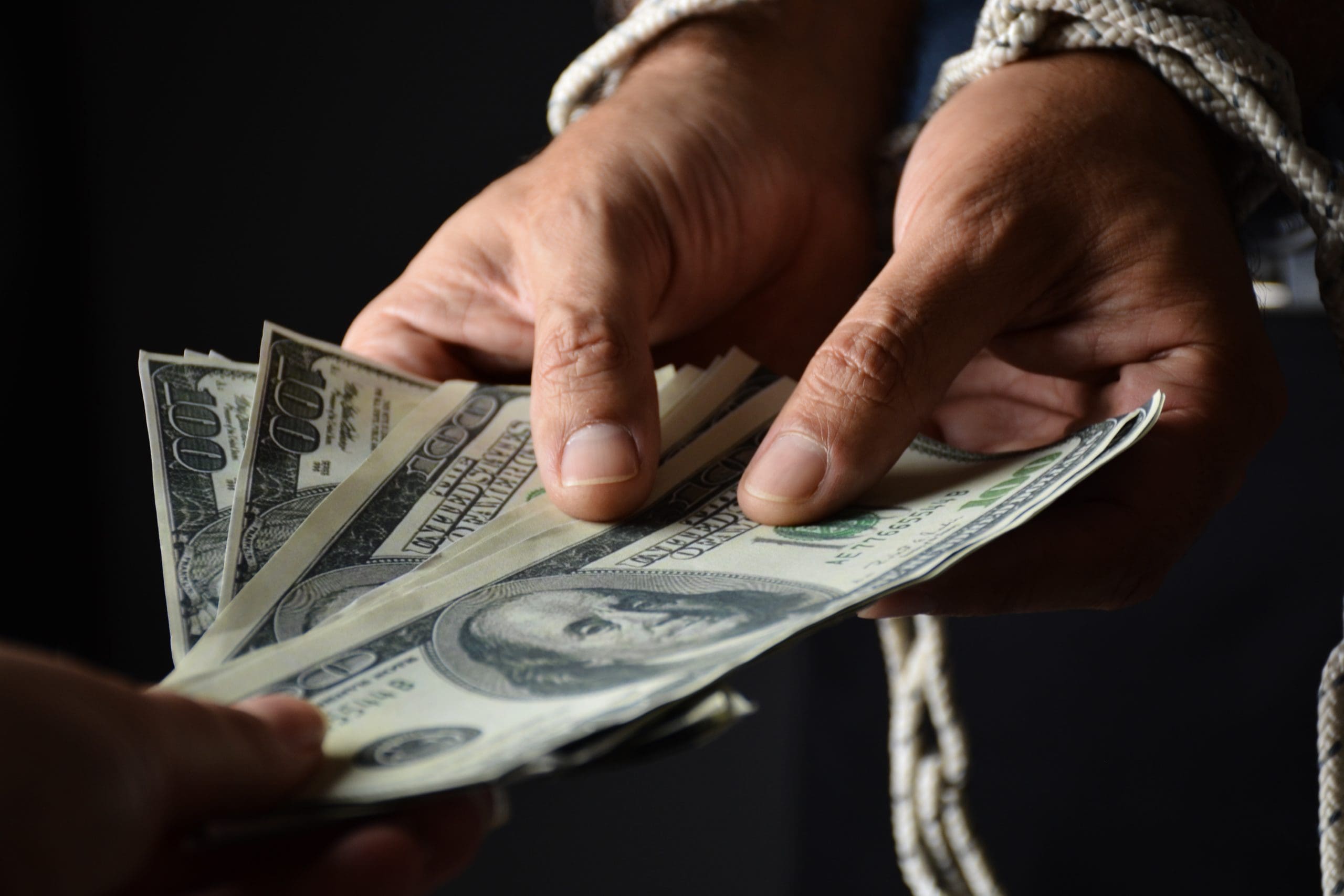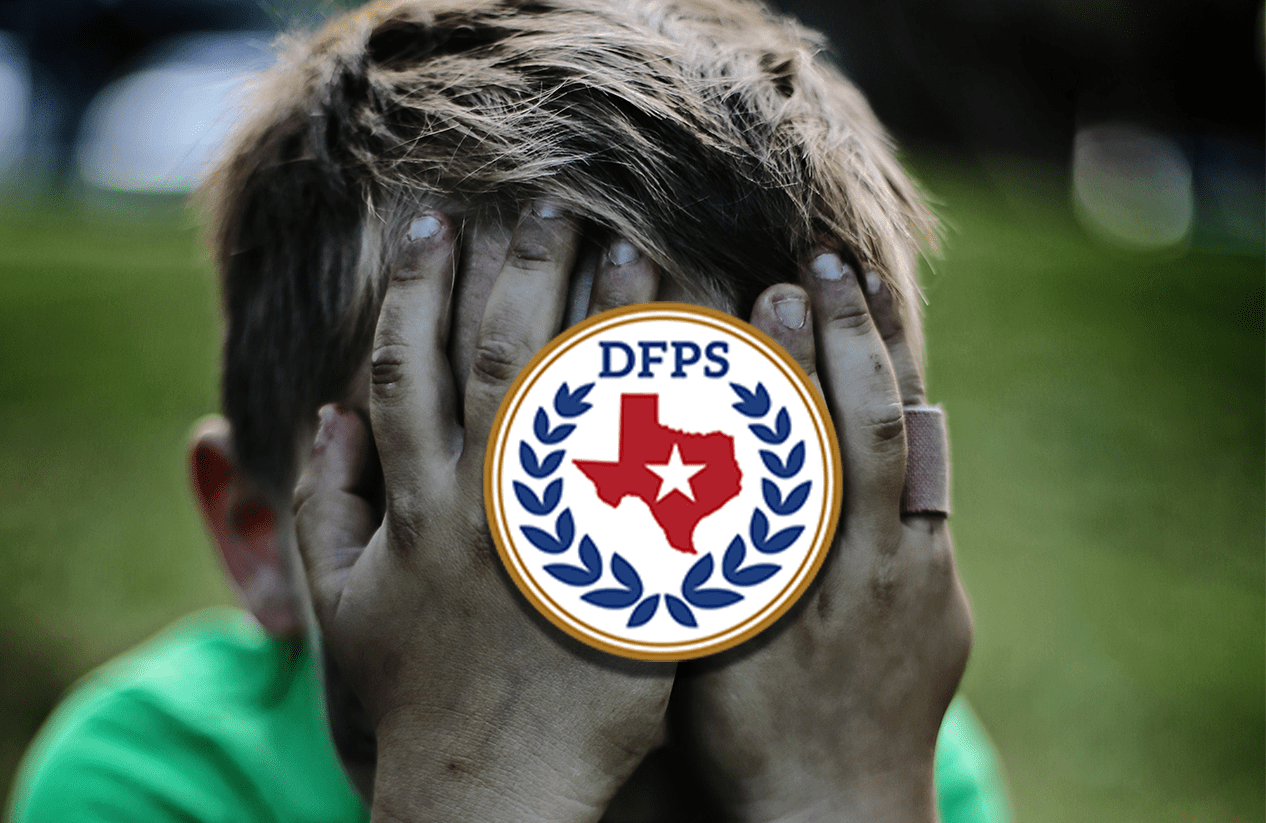China’s coronavirus combined with local government “stay-at-home” orders are slowing the Texas economy and shrinking tax revenues. Now is the time to find parts of the budget to cut so the state can prioritize core services of government and ease the tax burden on suffering Texans.
Last Tuesday, Texas Comptroller Glenn Hegar painted a gloomy picture for the state’s cash flow. He expected projected revenues to drop by several billion dollars and that Texas will need additional revenue—or spending cuts—in order to meet its obligations,
Hegar thinks it likely Texas will have to draw upon the Economic Stabilization Fund—commonly called the “rainy day fund”—to make ends meet. He also suspects the state unemployment rate is beyond 6 percent, headed quickly towards 9 percent and into double digits.
Anyone with common sense knew the good times would not roll forever; eventually, our economy would go through a business cycle and eventual slow-down period. Now that time has come, and our elected leaders have been caught flat-footed—but they were warned.
For years, the conservative grassroots have repeatedly asked the Texas Legislature to cut (or slow) its rate of spending. In 2015 and 2017, spending growth was limited. But in 2019, lawmakers blew through a $10.5 billion surplus and tapped into the state’s savings account.
All is not lost. They can still right the ship by cutting spending and prioritizing core services.
One obvious area is Texas’ Moving Image Industry Incentive Program (MIIIP), which forces taxpayers to finance films and video games.
This writer has expressed before his love of film and the film industry—which is also being hit strongly by the effects of the Chinese coronavirus. Former personal collaborators—and friends of collaborators—are out of work. Many productions have been halted, workers have been let go, and questions are rising about how the industry will rebound. This is the one time where Hollywood’s usual immunity to economic disaster has shattered.
Such struggles are being felt by Texans statewide, and at a time where many people are seeking the help of a food bank for the first time, these folks should not be forced to pay for film productions anymore.
In 2017, the Texas Legislature marked $32 million for the program. Two years later, they raised it to $50 million—56 percent more! This is money that taxpayers need back, and Texas can use on core services.
Let’s be clear: this money isn’t all going to produce the next Citizen Kane. In recent years, taxpayer dollars have flowed to such “masterpieces” as Mongolian Death Worm, Dallas Cowboys Cheerleaders Season 10, and HEB Corn Chip TV as well as advertisements for out-of-state big businesses.
Some will say many hurting filmmakers and studios will need a bailout to keep people employed. Thinking $50 million will stimulate an industry whose domestic 2019 gross was over $11 billion is like thinking a smartphone battery will jumpstart an aircraft carrier.
Some will complain that cutting this would be heartless. But why should films and commercials not finance themselves? The truly heartless move is to tax struggling Texans so others can make movies that consumers don’t want to pay for.
And for film lovers, the real solution to making this industry great in Texas is pushing our lawmakers to create an environment where creators can create, not punishing them with burdensome permits, regulations, licenses, and fees.
This article is part of an ongoing series by Texans for Fiscal Responsibility to identify areas the Texas Legislature can to prioritize funding for public needs and property tax relief.
If you have ideas or suggestions of your own, please submit them to us, and we will explore their feasibility and financial effect. You can reach us at submission@empowertexans.com.





